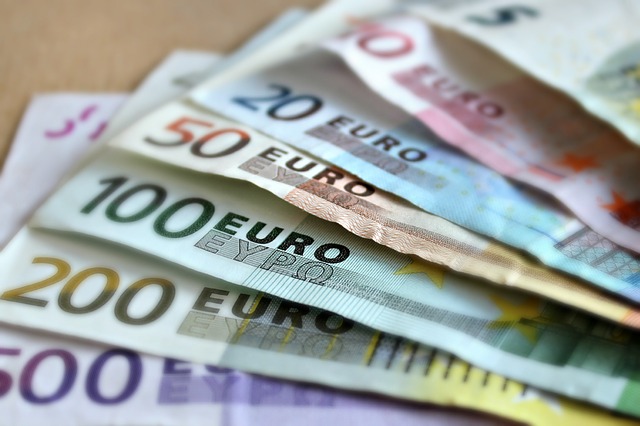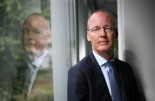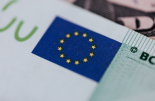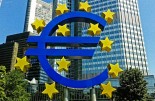Columbia Threadneedle: Today's European Central Bank meeting
Columbia Threadneedle: Today's European Central Bank meeting

Please find below a comment by Dave Chappell, Fixed Income Senior Portfolio Manager at Columbia Threadneedle Investments, on today’s ECB’s meeting.
After the emergence of the hawkish shift in stance from Christine Lagarde and the committee at the February’s press conference, expectations for an accelerated tapering of bond purchases and an earlier rate lift off rose substantially.
Those expectations had been somewhat tempered in the proceeding weeks however, as Russia’s brutal, unprovoked invasion of Ukraine shocked the world and upended expectations for inflation and growth across both developed and emerging economies to varying degrees.
Forecasts for inflation have risen from already historically high levels, driven by a further acceleration of food and energy prices, while growth expectations have been reduced as the cost of living further erodes household income.
In the face of increased uncertainty, the ECB pushed ahead with a revised exit strategy today, reducing the taper timeline of the additional APP purchases, previously delivered to ensure a smooth hand off from PEPP, from two quarters to one.
The committee maintained flexibility around the eventual end of the APP program, indicating a willingness to conclude it in the third quarter, only if incoming data supported expectations that the medium-term inflation outlook will not weaken thereafter.
Lagarde stressed that downside risks to growth and upside risks to inflation had increased due to the Ukraine situation, and therefore the committee stood ready to adjust the schedule path if the outlook changed.
Any adjustments to ECB interest rates could take place sometime after the programs closure, if the committee’s inflation expectations target were to be met well ahead of its forecast period. The reduction of the taper timeline reignites expectations that the ECB could lift its main deposit rate close to zero by year end, a level not seen since mid-2014.










